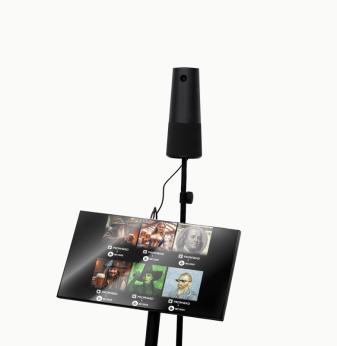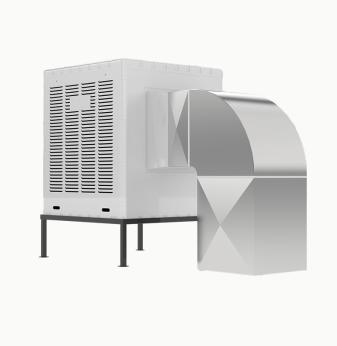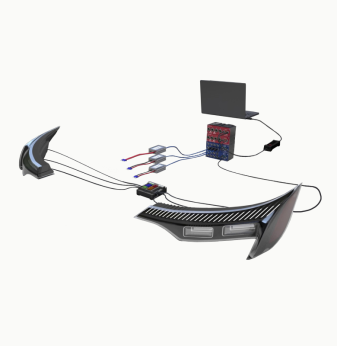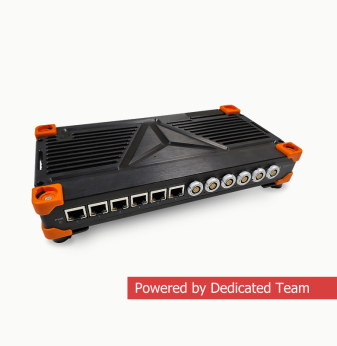Comparison of Platforms: QNX vs Zephyr vs Embedded Linux in Safety-Critical Projects

The demand for safety-critical embedded systems continues to grow across industries — from automotive and railway to aerospace and medical devices. For engineering teams and product managers, selecting the right operating system is one of the most strategic decisions in early development. This article provides a detailed comparison between three key platforms: QNX, Zephyr, and Embedded Linux. We’ll explore their real-time capabilities, certification paths, ecosystem maturity, and suitability for applications where safety and reliability are paramount.
Why safety-critical systems require careful platform choice
In regulated environments, failure is not an option. A single misbehavior in an automotive ECU or a surgical robot can lead to loss of life or legal consequences. That’s why software platforms in these domains must meet strict standards like ISO 26262 (automotive), IEC 61508 (industrial), or DO-178C (aerospace). At the core of compliance is not just code quality, but the underlying RTOS or OS and its behavior under stress, resource constraints, and edge conditions.
QNX: The go-to commercial RTOS for high-assurance systems
QNX, developed by BlackBerry, is a microkernel real-time operating system with decades of proven use in critical domains. It’s widely adopted in automotive applications, particularly for digital instrument clusters, ADAS platforms, and infotainment systems where safety certification is required.
Key features of QNX:
- Microkernel architecture for better isolation
- Real-time deterministic behavior
- Full POSIX compliance
- ASIL-D certified variants
- Extensive documentation and commercial support
QNX shines when certification is a must-have. However, it comes at a cost — licensing fees are significant, and customization is more constrained compared to open-source alternatives.
Zephyr: A rising open-source contender for embedded systems
Zephyr RTOS, hosted by the Linux Foundation, is gaining traction among embedded developers, especially for IoT and low-power applications. Although younger than QNX, Zephyr has quickly matured, with growing support for MCU families and a focus on security.
Notable Zephyr characteristics:
- Open-source under Apache 2.0 license
- Designed for constrained devices (32-bit MCUs)
- Modular kernel with optional memory protection
- Maintains an official Software Bill of Materials (SBOM)
- Community-driven safety certification roadmap
While Zephyr is not yet widely certified for high ASIL levels, it’s an attractive choice for projects where budget, openness, and scalability matter more than formal compliance.
Embedded Linux: The powerhouse for complex edge systems
Unlike QNX or Zephyr, Embedded Linux is not a single RTOS but a customizable stack built on the Linux kernel. It is used extensively in industrial control, medical imaging, networking equipment, and now even in cars via Automotive Grade Linux (AGL) or Android Automotive OS.
Strengths of Embedded Linux:
- Huge ecosystem of tools and drivers
- Broad CPU and SoC support
- Flexibility for high-performance applications
- Security frameworks like SELinux and AppArmor
- Real-time patches (PREEMPT_RT) available
However, Linux is not inherently real-time, and hard real-time behavior requires tuning and advanced kernel configuration. It’s also harder to certify under ISO 26262, though projects like ELISA (Enabling Linux in Safety Applications) are working to address this.
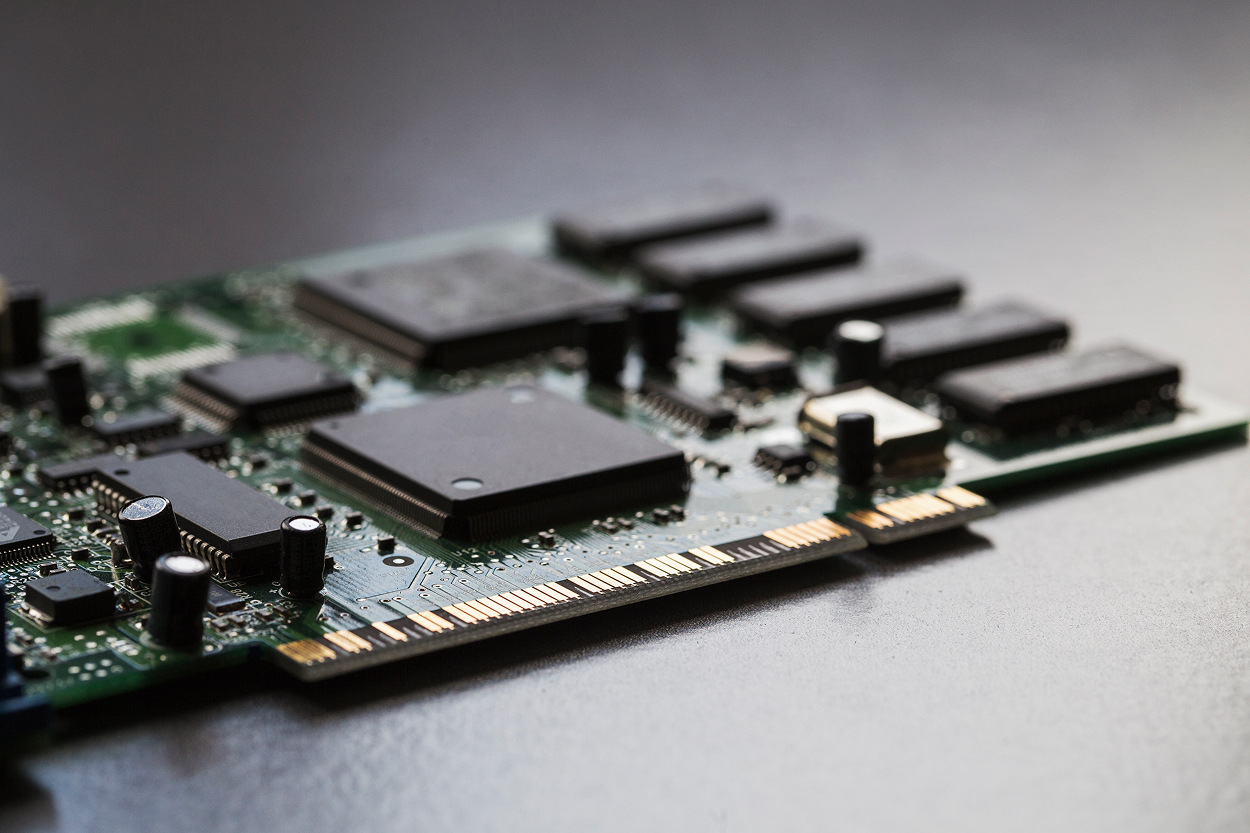
Use cases and platform selection by industry
Let’s explore how different industries approach platform selection:
- Automotive: QNX remains dominant for safety-critical domains due to ASIL-D certification, but Embedded Linux powers infotainment and connectivity. Zephyr is being tested in secondary ECUs and lower-tier safety domains.
- Industrial automation: Embedded Linux dominates PLCs and HMIs due to ecosystem richness, while Zephyr fits compact sensor nodes and gateways.
- Medical devices: QNX is preferred for surgical and diagnostic systems, whereas Embedded Linux is used in patient monitoring and connected devices.
- Aerospace and railway: QNX again leads where DO-178C or EN 50128 compliance is non-negotiable, though Linux-based systems are used in auxiliary applications.
Performance and resource footprint comparison
| Feature / OS | QNX | Zephyr | Embedded Linux |
| Kernel type | Microkernel | Modular RTOS | Monolithic |
| Real-time support | Hard real-time | Hard real-time | Soft RT (PREEMPT_RT) |
| Certification | ISO 26262 ASIL-D, IEC 61508 | Roadmap only | Partial (ELISA efforts) |
| Licensing | Commercial | Open-source (Apache 2.0) | Open-source (GPL2, etc.) |
| Boot time | Fast | Very fast | Slower (complex init) |
| Memory footprint | Low | Ultra-low | High |
| Ecosystem | Mature, vendor-supported | Growing community | Massive open-source |
Security and maintainability
All three platforms are facing increasing scrutiny under regulations like the EU Cyber Resilience Act. In this context, maintainability and secure update mechanisms are becoming as important as real-time performance. Here’s how they compare:
- QNX: Offers long-term support and signed update tools, but upgrades are tied to vendor cycles.
- Zephyr: Actively maintains SBOM and CVE tracking, though secure boot integration depends on implementation.
- Embedded Linux: Rich in security features but requires careful configuration; multiple options exist for secure updates, from OSTree to custom OTA stacks.
Final thoughts: Which one should you choose?
No single platform is perfect. Your choice depends on:
- Certification needs: If you need ASIL-D, QNX is the safest bet.
- Hardware constraints: Zephyr is ideal for ultra-light MCUs.
- Ecosystem complexity: Embedded Linux wins in flexibility and toolchain availability.
- Security & lifecycle: All three need serious attention for CRA compliance, but Linux gives more control (with more responsibility).
For many modern projects, hybrid solutions are emerging: using Zephyr or QNX for real-time control and Linux for the UI or networking layers. This layered approach allows balancing certification, flexibility, and performance — but it adds integration complexity.
In 2025 and beyond, as regulatory pressure and functional complexity rise, platform strategy will become a board-level decision, not just an engineering one. Teams that invest in cross-platform expertise, modular design, and security-first development will be best positioned to lead.
Our Case Studies

